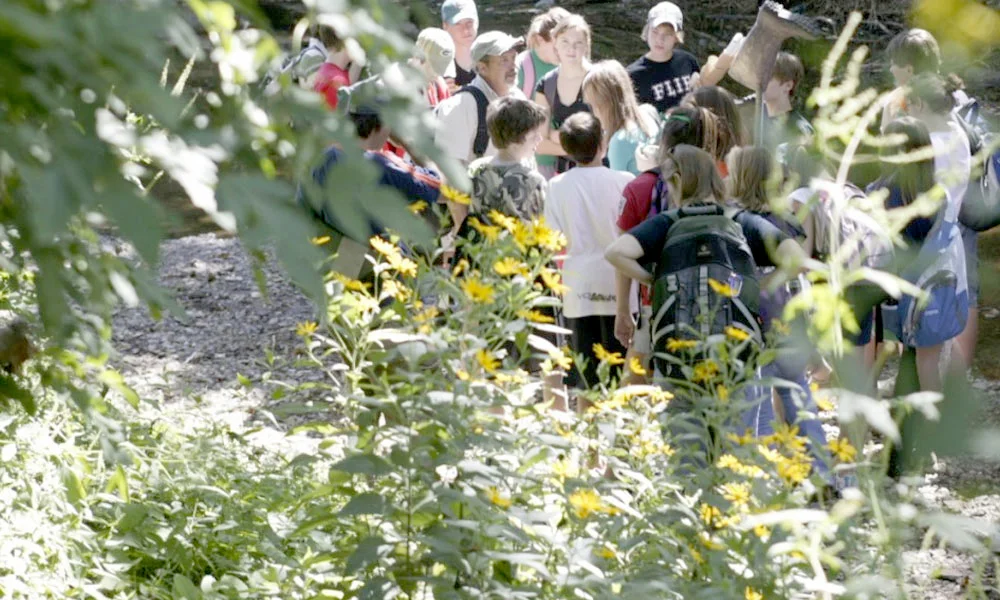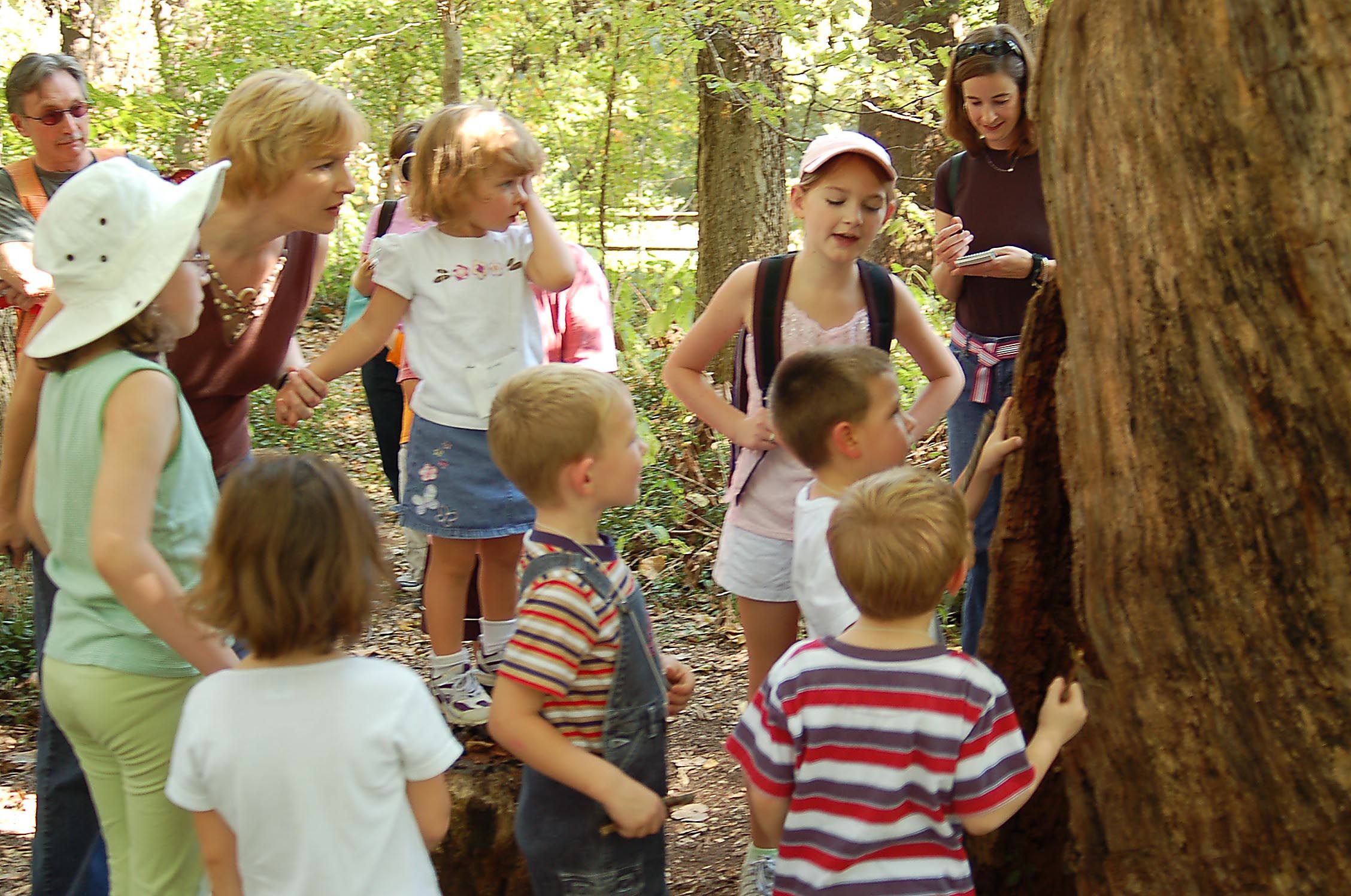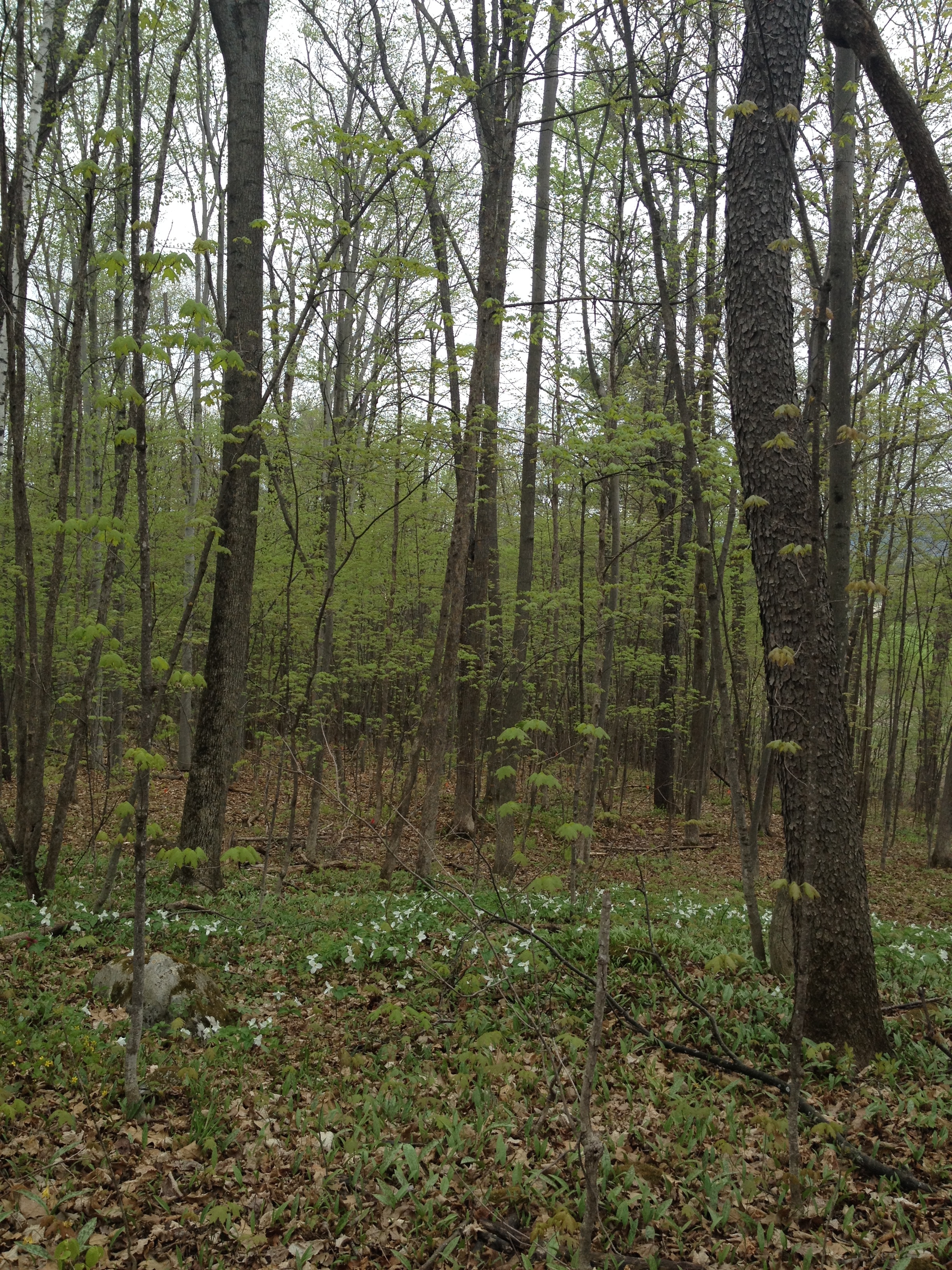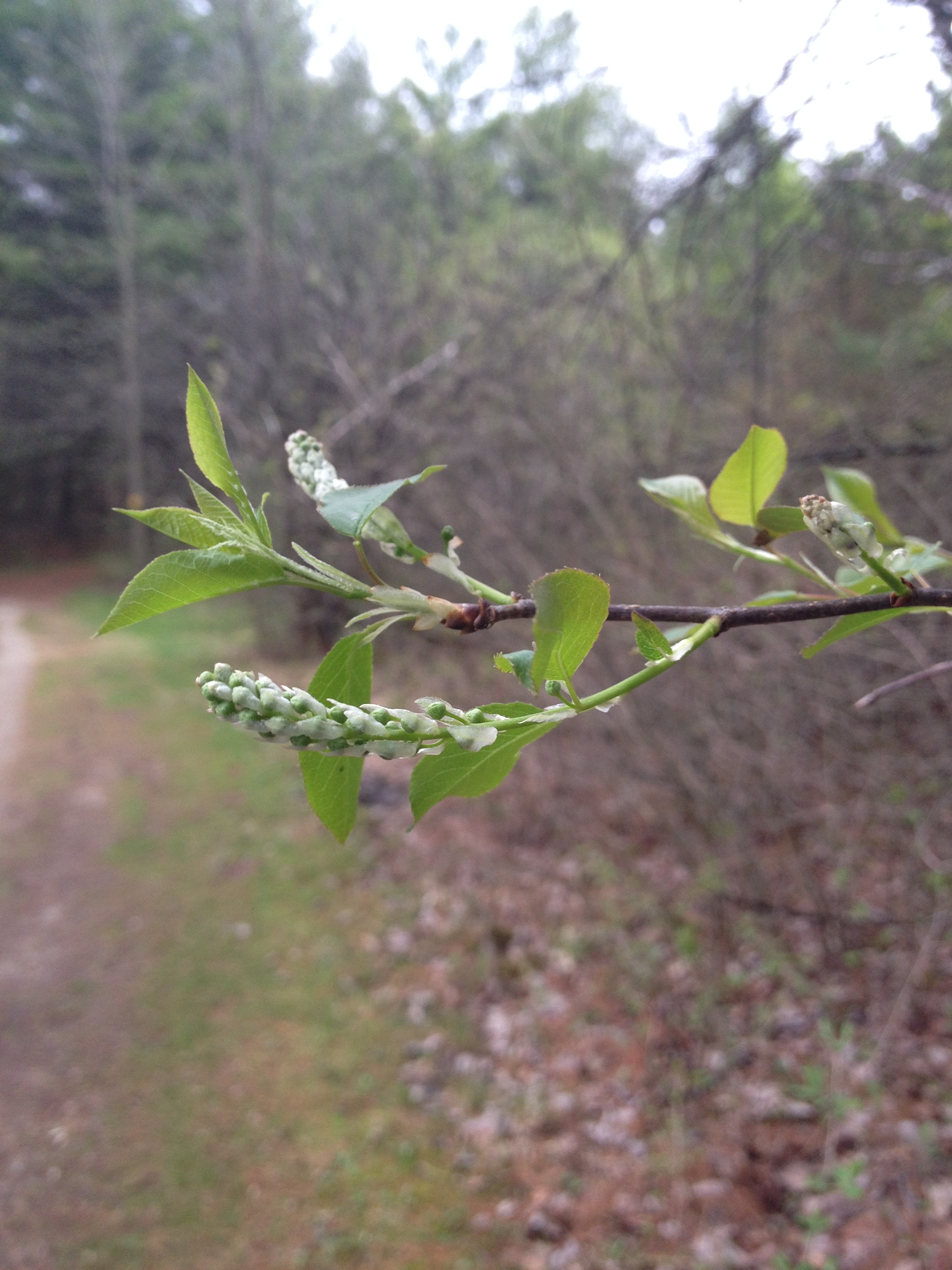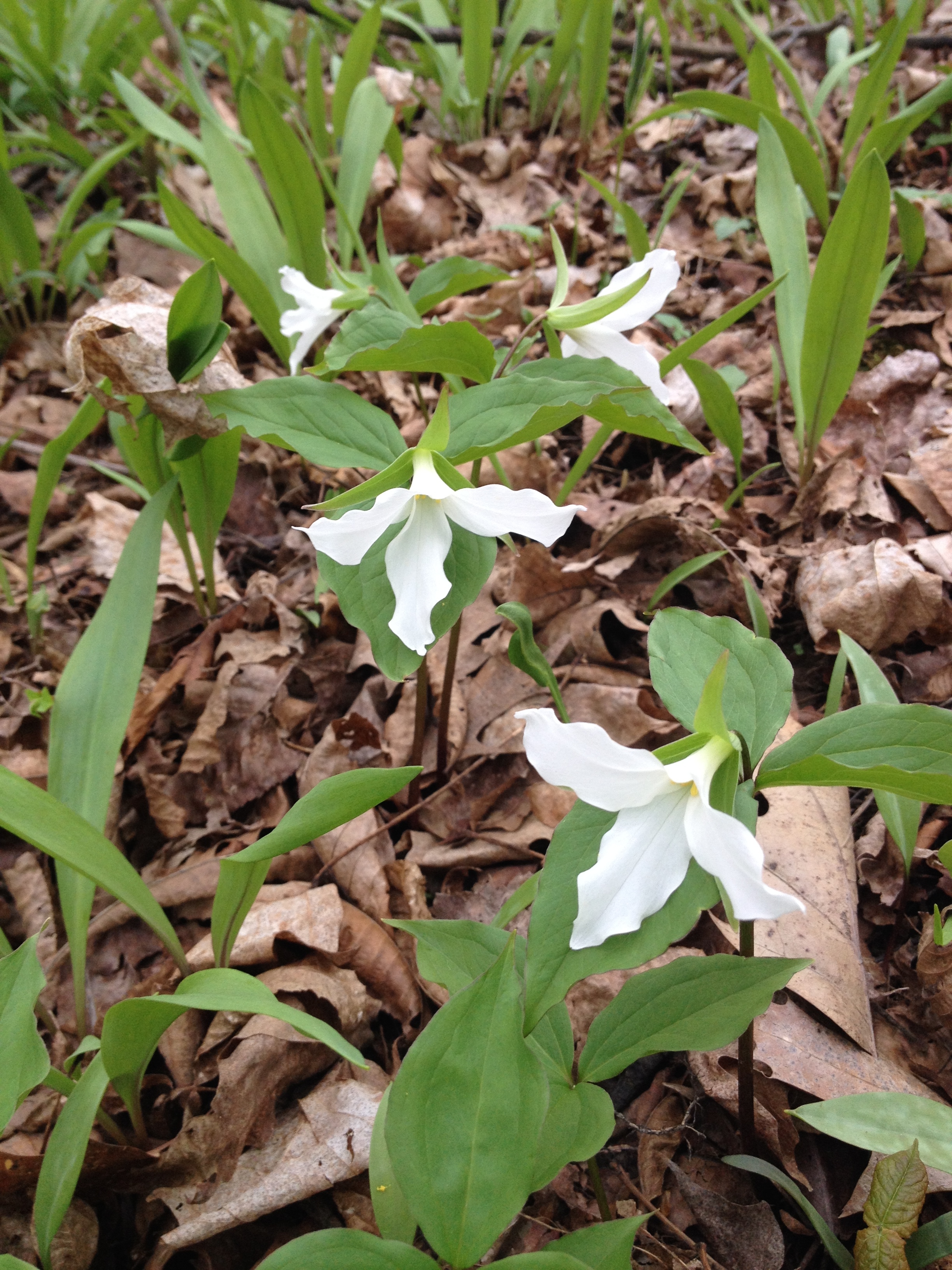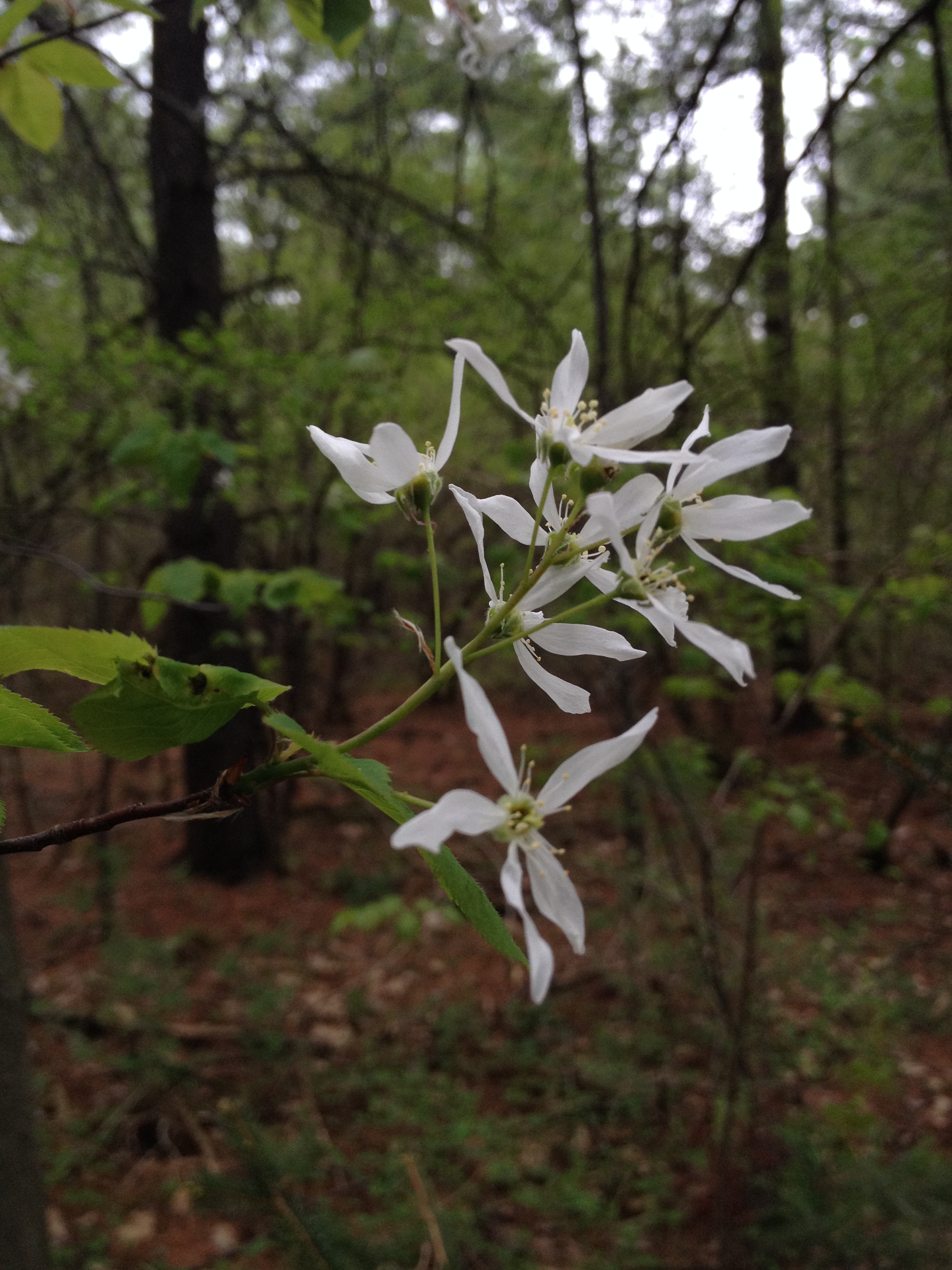What Do Baseball and Soccer/Futball Have to Do with It? Those of you who have tracked this blog over the years will recognize a pattern in the title. I have a passion for sports, and sometimes I see connections between sports and our life’s work, education. (For another related blog click here.) In this case, the recent three weeks of World Cup Soccer games and then this week’s Baseball All-Star Game got me wondering about soccer and baseball and schools.
David Brooks of New York Times is the catalyst for the following thinking. On July 10th he wrote a fine piece, Baseball or Soccer? Brooks sees this difference between baseball and soccer: the former is individual while the latter is collective. He writes, “Baseball is a team sport, but it is basically an accumulation of individual activities. Throwing a strike, hitting a line drive or fielding a ground is primarily an individual achievement. The team that performs the most individual tasks well will probably win the game.”
This is in contrast to soccer, where Brooks cites Simon Critchley who writes, “Soccer is a collective game, a team game, and everyone has to play the part assigned to them, which means they have to understand it spatially, positionally and intelligently and make it effective.”
It strikes me (pardon the pun), that the predominant model for schools is that they are like baseball, essentially a “collection of individual activities.” Teachers are the players and administrators are the managers. They act relatively independently: teachers in the silos of their respective disciplines and administrators behind the closed doors of their offices. Students are the balls thrown and batted around.
I have seen and now work to create a different model in schools, like soccer, a “collective” model. Teachers and administrators and students are ALL players. Each understands the part they need to play, AND they understand that their part is essentially interdependent with every other part. The teachers understand that their “discipline” is related to every other discipline and every other aspect of the school community. Teachers look for those connections. Administrators, too. And, students are not the objects of the drill, the ball in the game, rather they are collaborative participants with the teachers and administrators. The ball becomes the idea(s) understood and created, the community generated.
When schools work like baseball, the results are measured in individual statistics. When schools work like soccer, the results are apparent in both individual performance and collective achievement. Baseball schools send individuals on to the next league, minor or major. Soccer schools graduate citizens for the future.

